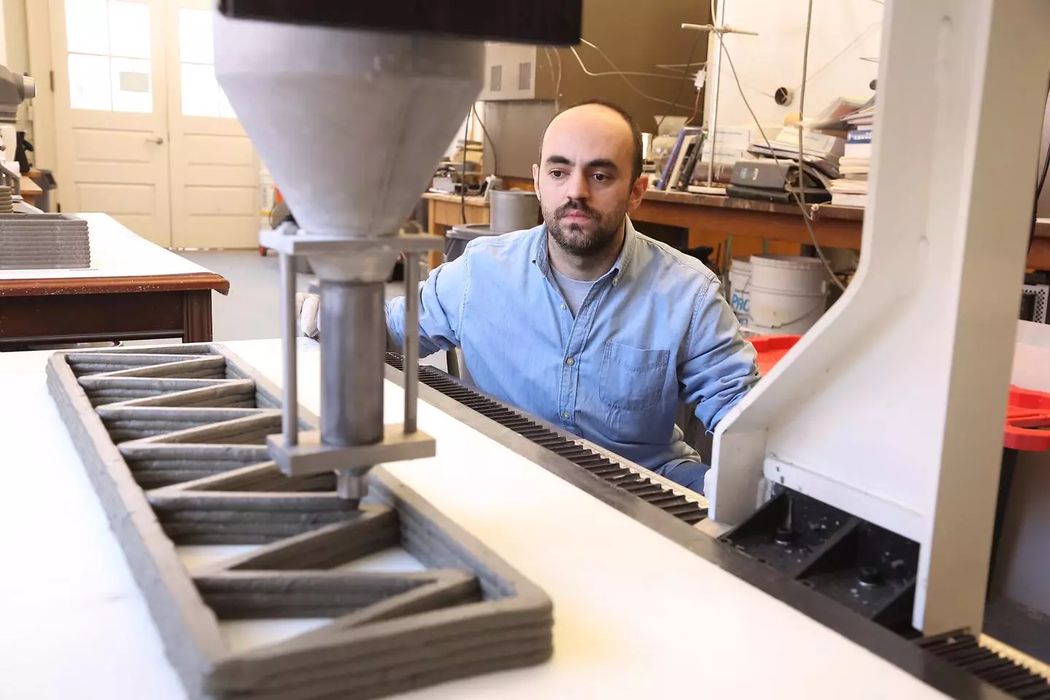
New research has shown a method to greatly increase the strength of 3D printed concrete.
Construction 3D printing has been rising in usage in recent years, with multiple construction firms adopting the technology, mainly on an experimental basis.
Concrete strength is perhaps the most important factor in a construction project: if the concrete is improperly mixed it could lead to a building that is weaker than designed. That’s not a good situation, and concrete builders will typically measure the “slump” of a mix before confirming it’s good for use.
Research on the concrete materials for additive manufacturing continues. Several studies have investigated methods of strengthening concrete through the use of additives. Composite concrete might, for example, include fibers for additional strength.
One fiber that’s been of considerable interest is cellulose. “Nanofibrils” of cellulose can be only microns in length, but can be easily mixed with concrete. This is a very common material, typically derived from wood pulp. It’s bio friendly and available at very low cost everywhere.
But is it a good additive for construction 3D printing materials?
Several research studies have investigated different aspects of adding nanofibrils to concrete. These studies looked at the chemical effects, but none actually performed printing with samples to measure the resulting concrete structure strengths.
That changes with a new study from the University of Virginia, which did exactly that. They prepared six different mortar mixes, which each contained a different ratio of cellulose nanofibrils (CNF), ranging from 0% to 0.5%.
The tests were performed with a concrete 3D printer with 15mm nozzle, which built structures for testing. Testing involved a variety of examinations, including flexure, compressive and tensile strengths. These were performed in multiple orientations to account for extrusion effects. They even used a scanning electron microscope to examine the microstructure of the 3D prints.
They found that at a ratio of 0.3% CNF, the material flowed significantly better, which would be desirable for field setups of construction 3D printers. They also found that the strengths improved in all aspects.
Research of this type will surely lead to improvements in construction 3D printing. By making materials stronger, it’s then possible to use less material on prints. That reduces costs, speeds up printing and lowers the weight of prints, all highly desirable.
Via University of Virginia and Science Direct
